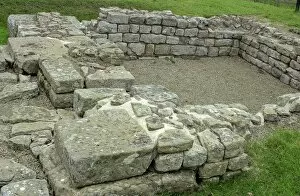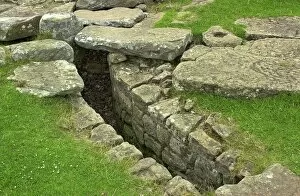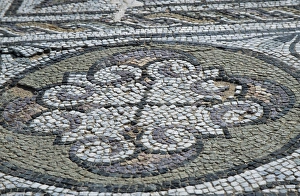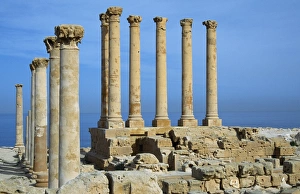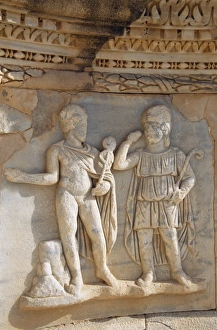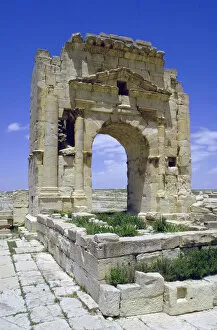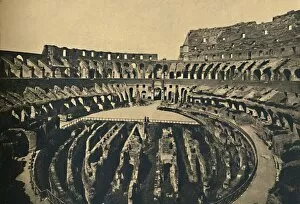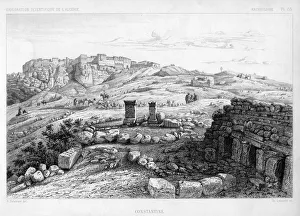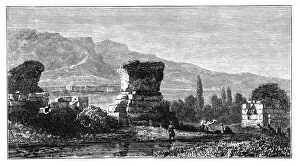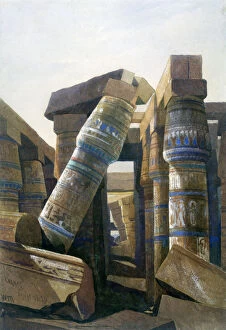Roman Empire ruins Photo Mug Collection (#9)
Step back in time with our Roman Empire Ruins collection of Photo Mugs from Media Storehouse. Each mug showcases stunning, high-resolution images of ancient Roman ruins, transporting you to the heart of this historic civilization. The classic mug shape and vibrant, museum-quality prints make these mugs not only functional but also a beautiful addition to your home or office. Perfect for sipping your favorite beverage while immersing yourself in the rich history of the Roman Empire.
426 Photo Mugs
All Professionally Made to Order for Quick Shipping
Why Choose Us?
How do I place an order?
-
Find your image: Use our search box or browse our online photo Collections to find the image you want.
-
Choose your print format: Select your desired product and add it to your cart.
-
Enter your details: If you're a returning customer, simply enter your email address and password, and we'll fill in your billing and shipping address details. All personal details are held securely and are fully GDPR compliant. As standard, we remove all Personally Identifiable Information after 12 months.
-
Pay for your purchase: We use state-of-the-art security for online shopping and do not have access to your card details.
-
Sit back and relax: We'll email you confirmation of your order and when it's dispatched. Registered customers can also track orders in the 'My Account' area.




